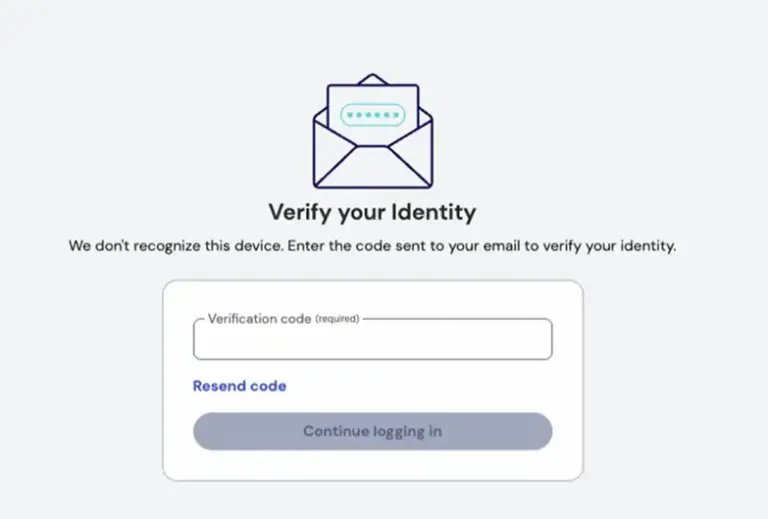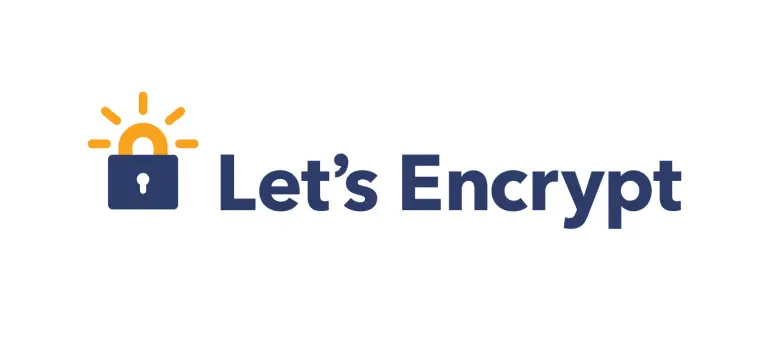
In December of last year, beneath the streets of New York, a unique quantum experiment unfolded. For 15 days, photons of light traveled through an underground network stretching from the Brooklyn Navy Yard to the Corona district in Queens. The 34-kilometer quantum network, known as GothamQ, served as a testbed for the Qunnect company.
The researchers employed the city’s existing fiber-optic infrastructure, but instead of ordinary photons, they transmitted entangled polarized particles of light. These photons were in a quantum state, making the experiment truly groundbreaking.
Mehdi Namazi, Qunnect’s chief scientist, likened the significance of their work to the invention of the internet. According to him, while it is difficult to foresee all possible applications of the technology, its potential is vast. The team generated pairs of photons using a rubidium-87 vapor cell, and these pairs, with interdependent properties, were used as qubits—the fundamental particles of information at the core of quantum computing.
An impressive feat was the transmission speed: half a million pairs of photons passed through the system every second. Throughout the experiment, 648 billion pairs of photons were transmitted—far surpassing previous similar experiments, which managed only 10,000 to 20,000 pairs per second.
What sets these photons apart is their ability to carry quantum information at room temperature. This allowed the researchers to utilize ordinary city infrastructure rather than a specially equipped laboratory. The network operated with remarkable stability, maintaining uptime for 99.84% of the experiment’s duration. The conclusion of the experiment wasn’t due to technical issues but simply the need to move on to the next phase of the project.
An innovative approach involved the use of brief pauses in the quantum network’s operation. During millisecond intervals, pulses of classical light were sent through the system. These acted as markers, allowing the team to assess the condition of the equipment and detect potential interference.
The scientists aimed to create a reliable and stable quantum entanglement distribution system that could be applied in real-world scenarios. The most immediate potential application lies in cybersecurity. Quantum data transmission promises to be virtually impervious to hacking, as any interference in the system is detected instantly. However, widespread practical use is still a distant goal. Namazi compared the current transmission speed to that of dial-up internet, noting that while it is ten times faster, it still lags behind modern standards.


